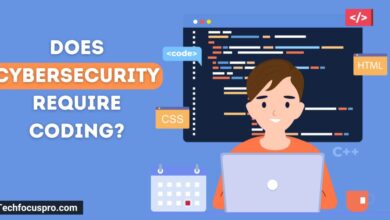Advanced Protection Technologies: Best Guide 2024

Innovative systems and instruments created to protect physical assets and digital data from different types of attacks are referred to as advanced protection technologies. Firewalls, encryption, physical security systems, and cybersecurity measures are only a few of the solutions that these technologies cover.
Protection technologies are essential in today’s digital environment. They contribute to the security and privacy of sensitive data by defending it against cyberattacks. Modern protection methods are becoming indispensable for averting data breaches and preserving confidence in digital systems as cyber attacks get increasingly complex.
Many different fields use advanced protective technology. They defend against malware and hackers in cybersecurity. They protect infrastructure and private property in terms of physical security. Their applications are crucial for both digital and physical security concerns, and they are used in a wide range of industries, including government, healthcare, and banking.
Types of Advanced Protection Technologies
Cybersecurity Measures
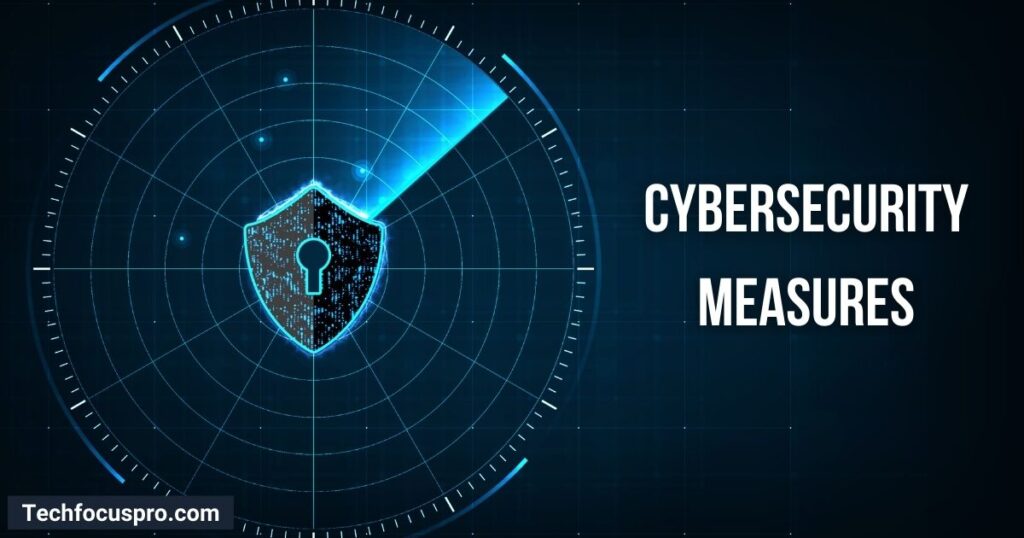
Firewalls
Firewalls act as barriers between your computer or network and the internet. They monitor incoming and outgoing traffic, blocking unauthorized access while allowing legitimate communication to pass through.
Intrusion Detection Systems (IDS)
IDS are designed to detect suspicious activities or violations of security policies on a network. When IDS identified a potential threat, it alerts administrators so corrective action can be taken.
Intrusion Prevention Systems (IPS)
IPS not only detect suspicious activities, like IDS, but also take proactive steps to prevent potential threats. This could involve blocking harmful traffic or resetting connections to stop an attack.
Antivirus and Antimalware
Antivirus and antimalware software help protect your computer from malicious software. They scan files and programs for harmful code, remove threats, and provide real-time protection against new attacks.
Multi-Factor Authentication (MFA)
MFA adds an extra layer of security by requiring two or more verification methods to access an account. This usually combines something you know (like a password) with something you have (like a phone) or something you are (like a fingerprint).
Endpoint Security
Endpoint security involves protecting devices like laptops, smartphones, and tablets that connect to your network. This includes measures like encryption, antivirus software, and device management to safeguard against threats at the endpoints.
Physical Security Technologies
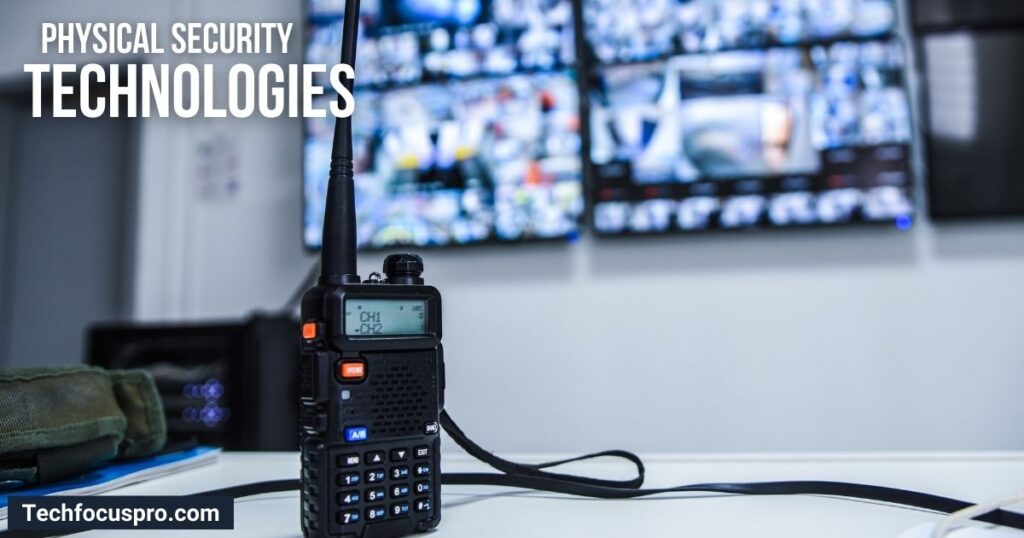
Biometric Systems (Fingerprint, Facial Recognition)
Biometric systems validate identities by using distinctive personal traits like fingerprints or facial features. Access is granted by fingerprint technologies that scan and compare a person’s fingerprints to records that have been recorded.
Facial recognition software does the same thing by examining facial features to verify identity. Because biometric data is difficult to copy, these systems are extremely secure and a dependable method of access control.
Access Control Systems
Access control systems regulate who is allowed into and out of a building or facility’s specific regions. Key fobs, keycards, and even biometric readers can be used by these systems to provide access.
Access control systems assist in defending sensitive locations from threats and unlawful access by limiting entry to those who are permitted.
Surveillance Systems and CCTV
Closed-circuit television (CCTV) and other surveillance systems employ cameras to track and record activity on and around a property.
By continuously monitoring different areas, these systems aid in crime prevention, evidence collection, and safety. You can see the live feed from these cameras or record it for later viewing.
Alarm Systems
Alarm systems are made to notify the property owner or security staff when they notice suspicious activity or unwanted entrance.
Glass break detectors, motion detectors, and sensors on windows and doors are a few examples of these systems’ possible components.
An alert from the alarm system, which might sound a loud siren or notify a monitoring service, is triggered if any suspicious activity is noticed. Alarm systems maintain safety and security by acting as a warning to potential intruders and as a quick reaction tool.
Data Protection
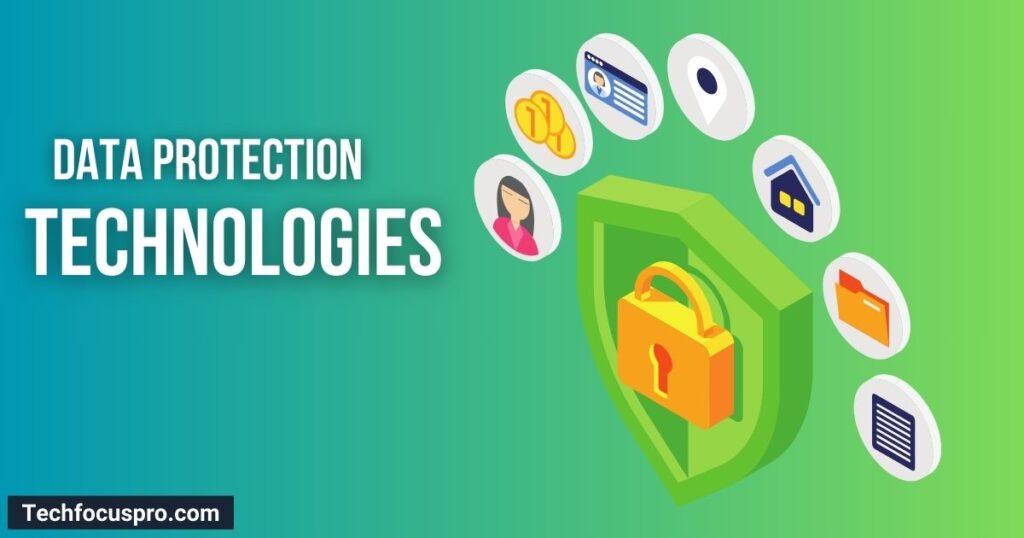
Encryption (Data at Rest, Data in Transit)
One way to turn data into a code and stop unwanted access is through encryption. Anyone without the necessary key to decrypt data cannot read it while it is encrypted.
- Data at Rest: This describes information kept on a hard drive or a USB stick. Because of encryption, even if someone manages to access the device, they will be unable to read the data that has been stored without the decryption key.
- Data in Transit: Data transfer between locations, as over the internet, is referred to here. This data is encrypted to ensure that anyone intercepting it cannot decipher it.
Backup and Recovery Solutions
Backup and recovery solutions are essential for protecting data from loss.
- Backups: This involves creating copies of your data and storing them in a safe place. If your original data is lost or corrupted, you can restore it from these backups.
- Recovery: This refers to the process of retrieving and restoring data from backups. Effective recovery solutions allow businesses to quickly resume operations after data loss.
Data Masking and Data Anonymization
Data masking and data anonymization are techniques used to protect sensitive information.
- Data Masking: This involves replacing sensitive data with fake but realistic data. For instance, real credit card numbers might be replaced with a set of numbers that looks like a credit card number. This way, the data can be used safely for testing or training without exposing real information.
- Data Anonymization: This process removes all personally identifiable information from data sets. This ensures that individuals cannot be identified, which is particularly important for compliance with privacy regulations.
Secure Data Storage Solutions
Secure data storage solutions involve keeping data safe using various technologies and methods.
- Encryption: As mentioned before, encryption is crucial for securing stored data.
- Access Controls: Limiting who can access the stored data adds an extra security layer. Only authorized individuals should be able to view or modify the data.
- Redundant Storage: Storing multiple copies of data in different locations ensures that it is not lost due to hardware failure or other issues.
Together, these data protection technologies and methods provide a robust framework for safeguarding digital information against various threats.
Network Security
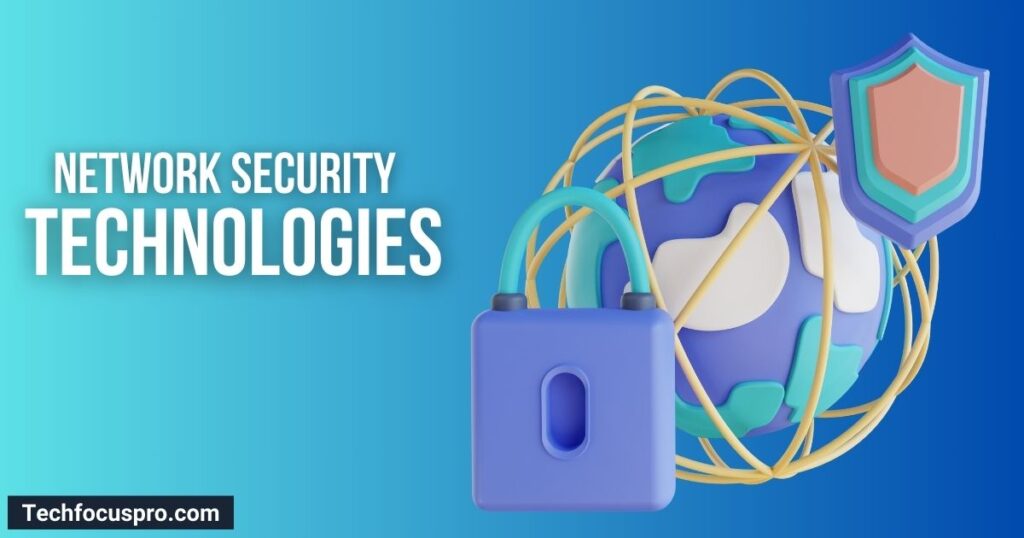
Virtual Private Networks (VPNs)
One tool that lets you establish a secure connection over the internet to another network is called a virtual private network, or VPN. VPNs make it more difficult for third parties to eavesdrop on your online activity by encrypting your internet traffic.
This is especially helpful because it protects your data from hackers when utilizing public Wi-Fi networks.
Network Segmentation
Network segmentation is the process of breaking up a large computer network into smaller, more private areas. Every section functions as a secure, independent network.
Organizations can lessen the effect of a potential security breach and restrict access to sensitive information by doing this. It aids in limiting and containing the propagation of assaults across the network.
Secure Network Protocols
Rules and guidelines known as “secure network protocols” are put in place to safeguard data while it moves across networks.
Examples are SSH, which enables secure remote computer access, and HTTPS, which encrypts data between the user and the website to secure websites.
Implementing secure protocols contributes to the protection of data against manipulation and interception.
Wireless Security Measures
To prevent unauthorized users from accessing Wi-Fi networks, wireless security measures are crucial. These precautions include masking your network’s SSID (the name of your Wi-Fi network), employing strong passwords, and turning on encryption like WPA3.
By following these procedures, you can protect your wireless network from hackers and make sure that your internet connection is secure.
Application Security
According to a survey:
“Web applications are one of the most prevalent platforms for information and services delivery over Internet today” explore it more.
Application Firewalls
Web applications’ inbound and outbound traffic are tracked and managed by application firewalls, which are security solutions.
Cross-site scripting (XSS) and SQL injection attacks, among other dangers that target apps, are prevented by them. Application firewalls protect your apps by screening this traffic, preventing malicious requests.
Secure Coding Practices
Writing code in a way that reduces vulnerabilities and thwarts assaults is known as secure coding techniques. This entails avoiding the usage of unsafe functions, handling errors appropriately, and verifying input.
Developers can build apps that are more resilient to hacking and other security risks by using secure development techniques.
Penetration Testing
Pen testing, another name for penetration testing, is a technique used to find and address security flaws in an application. To identify weaknesses, security experts simulate assaults on the program.
Through comprehension and resolution of these susceptibilities, establishments can enhance their application security and safeguard against actual attacks.
Automated Vulnerability Scanners
Applications are scanned for security flaws by automated vulnerability scanners. These scanners look through an application’s code and settings, reporting any possible problems.
Automated vulnerability scanners make it easier to find and fix issues fast, keeping the application safe.
Emerging Technologies in Protection
Artificial Intelligence and Machine Learning in Security
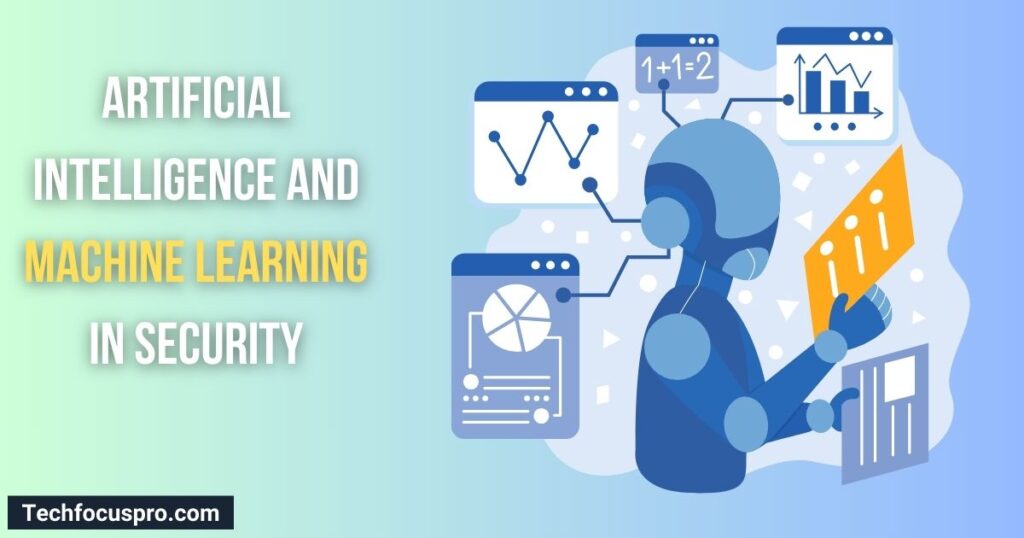
Systems can now learn from data and become more efficient over time because of the advancements in artificial intelligence (AI) and machine learning (ML).
For example, they can spot irregularities in login timings or strange data access patterns that could point to a security risk.
Security procedures can be made more precise and efficient by utilizing AI and ML to automate threat identification and response.
Blockchain for Secure Transactions and Data Integrity
With the use of a broad computer network to record data, blockchain technology guarantees safe and transparent transactions.
Encrypting every transaction and adding it to a sequence of earlier ones makes it exceedingly difficult to change the data covertly.
Blockchain is a great option because of this for protecting financial transactions and guaranteeing data integrity.
Quantum Cryptography
To provide safe communication channels, quantum cryptography makes use of the ideas of quantum physics. The encryption keys generated by it are nearly impenetrable due to the special characteristics of quantum particles.
Quantum cryptography presents an innovative way to protect data as regular computers’ processing power increases.
Zero Trust Security Models
Based on the idea that nobody should be trusted by default—internally or externally—a zero trust security model functions. Anyone attempting to access resources within the network must pass stringent verification.
In addition to ensuring that only authorized individuals may access critical information, this strategy helps to reduce the danger of internal breaches.
Behavioral Analytics
The goal of behavioral analytics is to identify abnormalities that can point to security risks by tracking and examining user activity within a system.
Behavioral analytics systems can identify suspicious conduct, such as when an employee begins to access sensitive data infrequently and in big quantities. This activity can then be looked into further.
These technologies assist in locating possible security vulnerabilities that could otherwise go overlooked by concentrating on behavior patterns.
What Are Industry Applications of Advanced Protection Technologies in Various Sectors?
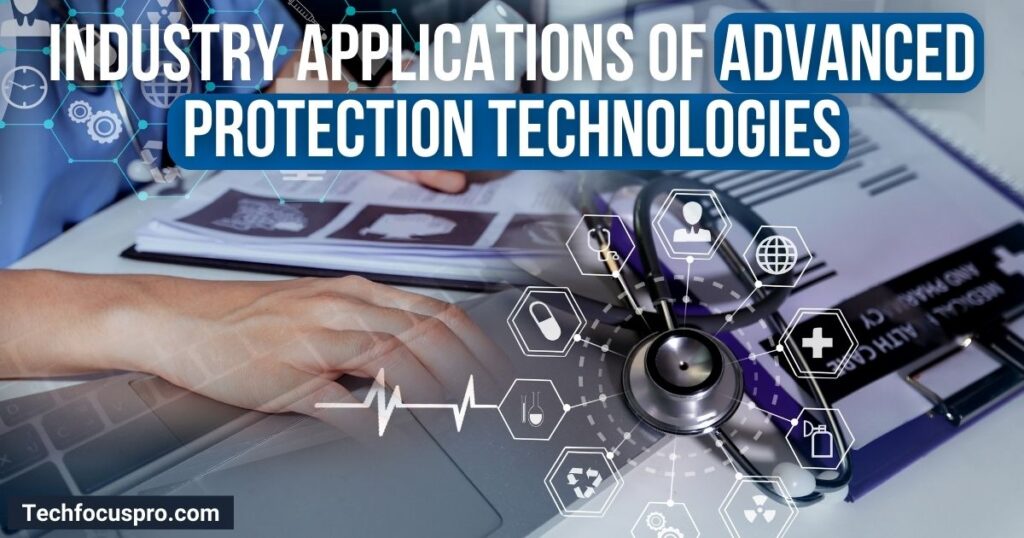
Healthcare
Protecting Patient Data
Patient data security is essential in the healthcare industry. Sensitive information found in medical records needs to be protected from unwanted access.
Advanced encryption techniques and safe access procedures guarantee the privacy and confidentiality of patient data.
Secure Medical Devices
Insulin pumps and heart monitors are examples of medical equipment that needs to be secure to stop tampering. Strong authentication procedures and frequent software updates are two examples of security methods that protect these devices from possible cyber threats.
Compliance with Regulations (HIPAA)
National guidelines are established by the Health Insurance Portability and Accountability Act (HIPAA) to safeguard confidential patient data. In order to ensure patient data is protected, healthcare providers must adhere to HIPAA requirements by putting security measures in place and conducting frequent audits.
Finance

Fraud Detection and Prevention
To identify and stop fraudulent activity, the finance sector makes use of complex algorithms and real-time monitoring systems. Financial organizations can shield their clients from fraud by looking for anomalies and studying transaction trends.
Secure Transactions
In the banking sector, making sure transactions are secure is essential. Data breaches and unwanted access are avoided during financial transactions by using encryption technologies and secure communication protocols to safeguard transferred data.
Regulatory Compliance (PCI-DSS)
The Payment Card Industry Data Security Standard (PCI-DSS) sets requirements for organizations handling credit card transactions. Compliance with PCI-DSS involves implementing security controls to safeguard cardholder data and regularly reviewing security practices.
Government and Defense
National Security Measures
To safeguard national security, government and defense agencies use cutting edge security measures. This includes guarding private information, keeping an eye out for dangers, and securing channels of communication.
Critical Infrastructure Protection
It is vital to safeguard vital infrastructure, such as water supplies and electrical grids. These crucial systems are kept safe from cyberattacks and other threats with the use of security policies and routine evaluations.
Cyber Warfare Defense Mechanisms
Creating sophisticated cybersecurity plans, utilizing cutting-edge technology to identify threats, and carrying out coordinated reactions to possible cyberattacks are some of the government’s defense mechanisms against cyberwarfare.
Education
Protecting Student and Faculty Information
Educational institutions hold vast amounts of personal data for students and faculty. Implementing secure access controls and encryption methods helps ensure this information remains confidential.
Secure Online Learning Platforms
With the rise of online learning, securing educational platforms is more important than ever. Security measures such as end-to-end encryption and regular platform updates help protect against unauthorized access and data breaches.
Preventing Cyberbullying and Attacks on Educational Institutions
Schools and universities use monitoring tools and strict security policies to prevent cyberbullying and protect against attacks. Educating students and staff on safe online practices also plays a vital role in maintaining a secure learning environment.
Conclusion
Securing sensitive data and preserving security in a number of industries, including healthcare, banking, government, and education, depends on advanced protection technology. They maintain data privacy, guard against future cyberattacks, and assist in preventing illegal access.
Innovation in protection techniques is always needed since cyber threats are constantly changing. Maintaining an edge over cybercriminals requires organizations to upgrade their security protocols on a regular basis and adjust to new threats.
Sustaining the development of enhanced tools and techniques to counter cyber attacks is crucial for the future of advanced protection technologies. We can create a digital environment that is safer for everyone by funding research and exercising initiative.
Share your thoughts what you have learn new in this post. Do you like it we also cover a topic about Demand Flow Technology. You can find it here “What is Demand Flow Technology?“





